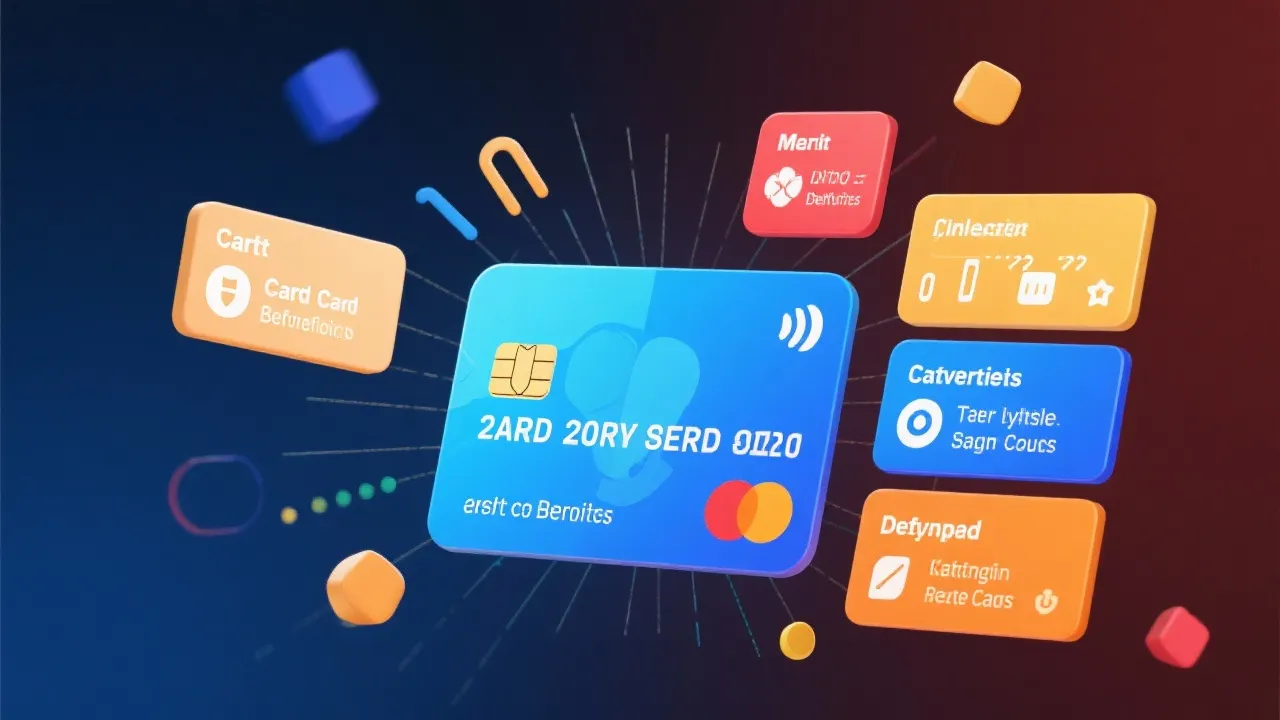Navigating Tax Relief with IRS Initiatives: A Comprehensive Guide
Understanding how to benefit from tax relief can be challenging. Here's a guide to help you navigate IRS initiatives and take advantage of available tax relief options.

Understanding Tax Relief
What is Tax Relief?
Tax relief encompasses various programs and measures aimed at reducing the tax burden for individuals and businesses. By understanding these options, taxpayers can achieve significant savings and financial benefits.
Types of Tax Relief
- Tax Deductions: These lower your taxable income, which can reduce the overall amount of tax owed.
- Tax Credits: These directly reduce the amount of tax you owe, providing a dollar-for-dollar reduction.
- Exemptions: Certain incomes, expenses, or properties may qualify for exemption, meaning they are not subject to tax.
- Payment Plans: The IRS offers payment plans for taxes owed, allowing for manageable monthly payments.
Common Tax Relief Options
- Earned Income Tax Credit (EITC): This benefits low-to-moderate-income workers by reducing tax owed and potentially providing a refund.
- Child Tax Credit: Offers relief for individuals with dependent children, significantly lowering the tax burden.
- Retirement Savings Contributions Credit: Provides a credit for eligible contributions to retirement accounts.
IRS Initiatives and How They Aid Tax Relief
IRS Role in Tax Relief
The IRS implements various initiatives designed to ease the tax burdens of qualified individuals and businesses. Familiarizing yourself with these programs can help maximize your savings.
Key IRS Initiatives
- Flexible Payment Options: Designed to assist taxpayers who owe money by providing flexible payment options and expanded relief.
- Offer in Compromise: Allows taxpayers to settle their tax debt for less than the full amount owed if they meet specific criteria.
- Innocent Spouse Relief: Protects spouses who were unaware of erroneous or fraudulent tax filings by their partner.
How to Access IRS Initiatives
- Application Process: Most IRS initiatives require an application. Ensure you fulfill all requirements and provide necessary documentation.
- Online Tools: Utilize resources like the IRS2Go app and the Interactive Tax Assistant to navigate these programs effectively.
Practical Tips for Maximizing Tax Relief with IRS Initiatives
- Keep Accurate Records: Proper documentation is essential for claiming deductions and credits. Maintain records of expenses, income, and any communication with the IRS.
- Seek Professional Guidance: Tax professionals can help you understand and utilize tax relief options effectively, guiding you through complex tax situations.
- Stay Updated on Policy Changes: Tax laws and IRS initiatives change frequently. Regularly check the IRS website or subscribe to updates to stay informed.
- File Your Taxes Early: Early filing allows you to identify errors and gather necessary documentation to maximize your tax relief benefits.
- Utilize Tax Software: Tax software can automatically apply relevant deductions and credits, making the tax-filing process more straightforward and accurate.
Coping with Tax Debt
- Evaluate Your Financial Situation: Assess your finances to determine how much you can realistically pay toward any outstanding tax debt, helping you choose the most suitable relief option.
- Explore Installment Agreements: The IRS offers installment agreements that allow you to pay your tax debt over time, reducing financial stress.
- Consider an Offer in Compromise: If paying your full tax debt causes financial hardship, you might qualify for an Offer in Compromise, allowing you to settle for a reduced amount.
- Request Penalty Abatement: If you have a reasonable cause for failing to pay or file your taxes on time, you can request penalty abatement from the IRS to reduce or eliminate penalties.
Preventing Future Tax Issues
- Quarterly Tax Payments: If self-employed or have income not subject to withholding, consider making quarterly tax payments to avoid a large tax bill at year-end.
- Adjust Withholding: Regularly review and adjust your tax withholding using the IRS’s Withholding Calculator to ensure you are not overpaying or underpaying throughout the year.
- Set Up a Tax Savings Account: Allocate funds specifically for tax payments to avoid financial strain during tax season. Regularly deposit a percentage of your income into this account.
- Educational Resources: Utilize educational resources provided by the IRS, including workshops, webinars, and detailed guides, to stay informed on best tax practices and relief options.
Conclusion
Navigating tax relief and IRS initiatives can be complex, but with the right knowledge and tools, you can maximize your savings and ensure compliance with tax laws. By staying informed, keeping accurate records, and seeking professional advice, you can effectively manage your tax obligations and take full advantage of available relief options.










